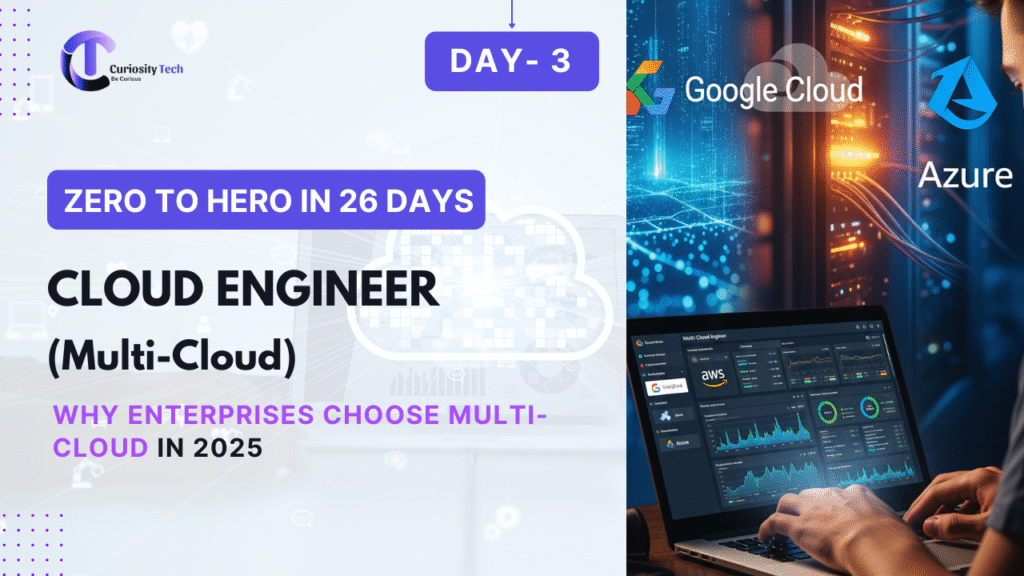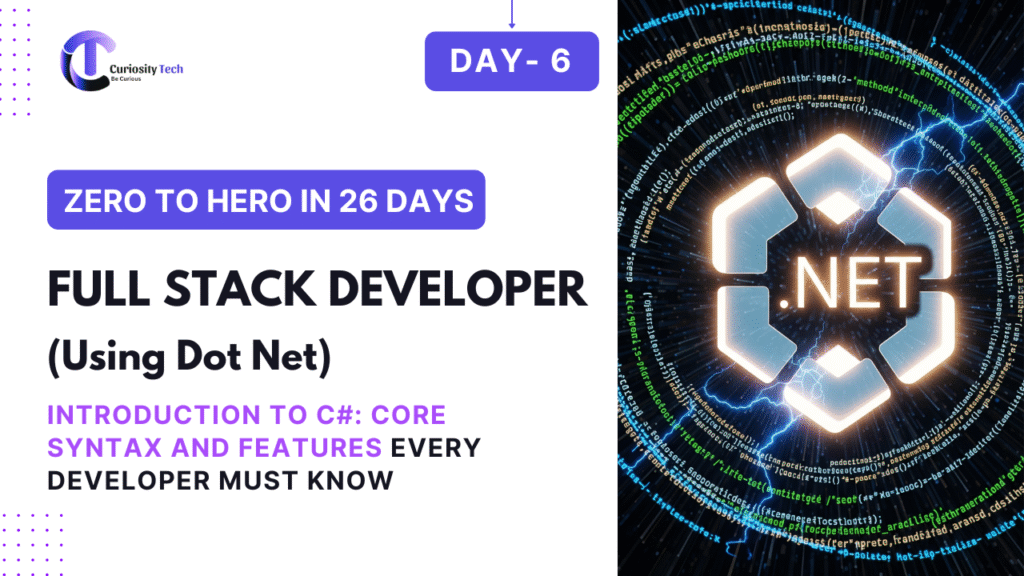Day 13 – Azure Security Best Practices for Cloud Engineers
Introduction Security is a non-negotiable aspect of cloud computing. Azure provides a comprehensive set of tools and best practices to secure applications, data, and infrastructure. Cloud engineers must master identity management, network security, data protection, and compliance to ensure enterprise-grade security. At curiositytech.in, learners are trained with real-world threat modeling scenarios and hands-on labs, preparing […]
Day 13 – Azure Security Best Practices for Cloud Engineers Read More »






